There may not be one resolution to wicked problems and nonprofits can’t—and shouldn’t—do it all.
Research and publish the best content.
Get Started for FREE
Sign up with Facebook Sign up with X
I don't have a Facebook or a X account
Already have an account: Login
 Your new post is loading... Your new post is loading...
 Your new post is loading... Your new post is loading...
|

António F Fonseca's curator insight,
December 23, 2013 7:12 AM
Another paper about information propagation. A study on the user interface of two social sites, mainly the problem of limited attention and attention managment. |






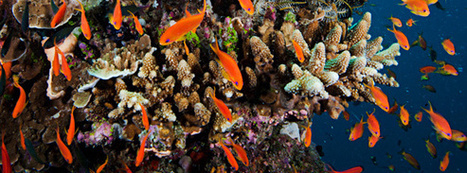
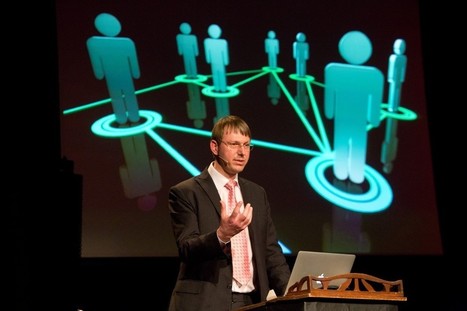


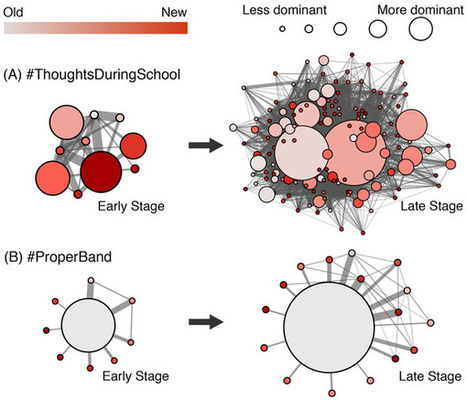



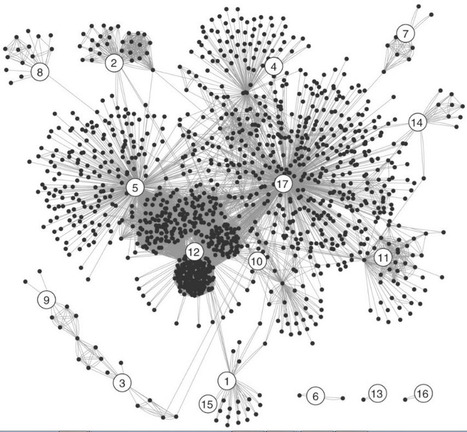


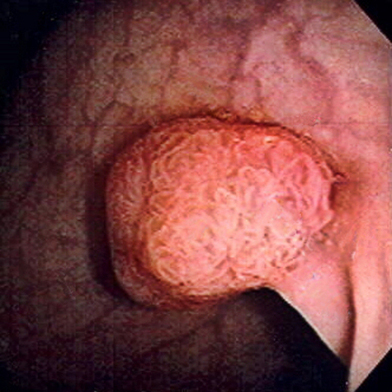








“innovate, prototype, refine, and scale” is a model that’s inherently flawed, because problems don’t stand still. Our solutions—our models—can’t either.
(This is why we need network approaches)